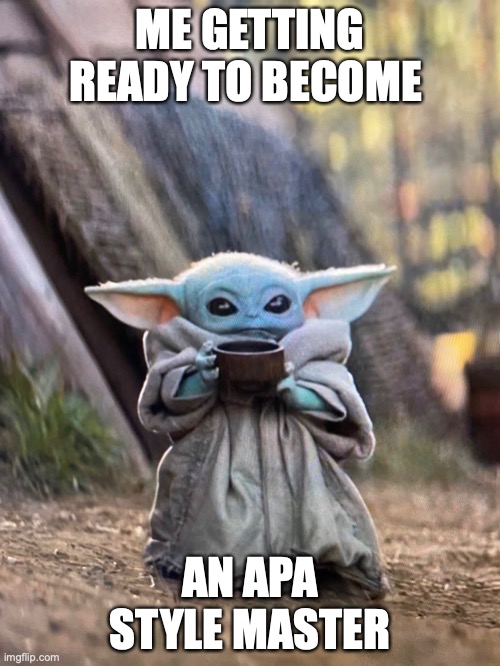APA Style (7th Edition): Sample Notated Paper
The Purdue Online Writing Lab (OWL) is a premier source for all types of resources for teaching writing, including APA style (Here is a link to all of their APA materials). But perhaps the most useful resource is their sample research report with abundant notations highlighting key points for students. Not only that, but they […]
APA Style (7th Edition): Sample Notated Paper Read More »


